Have you ever looked up an author of a children’s book that you loved to learn more about them? As educators, it is important for us to take some time to do a little research on the books and authors we highlight in our classrooms. University of Alberta professor, Roxanne Harde, states the importance of children having access to Indigenous texts written by Indigenous authors in her article, “Putting First Nations Texts at the Center” (2016). Here are a few picture books by Indigenous authors that I love to bring into the classroom.
- Shi-shi-etko by Nicola I. Campbell & Kim LaFave
This story takes us through the perspective of a child getting ready to leave her family to attend residential school. Her deep connection to the land is rooted in her family’s way of life and she takes the reader through all of the special land connections she wants to remember. Connecting largely to place-based learning students can be encouraged to explore their own land relationships and make connections to places or things that are special to them.
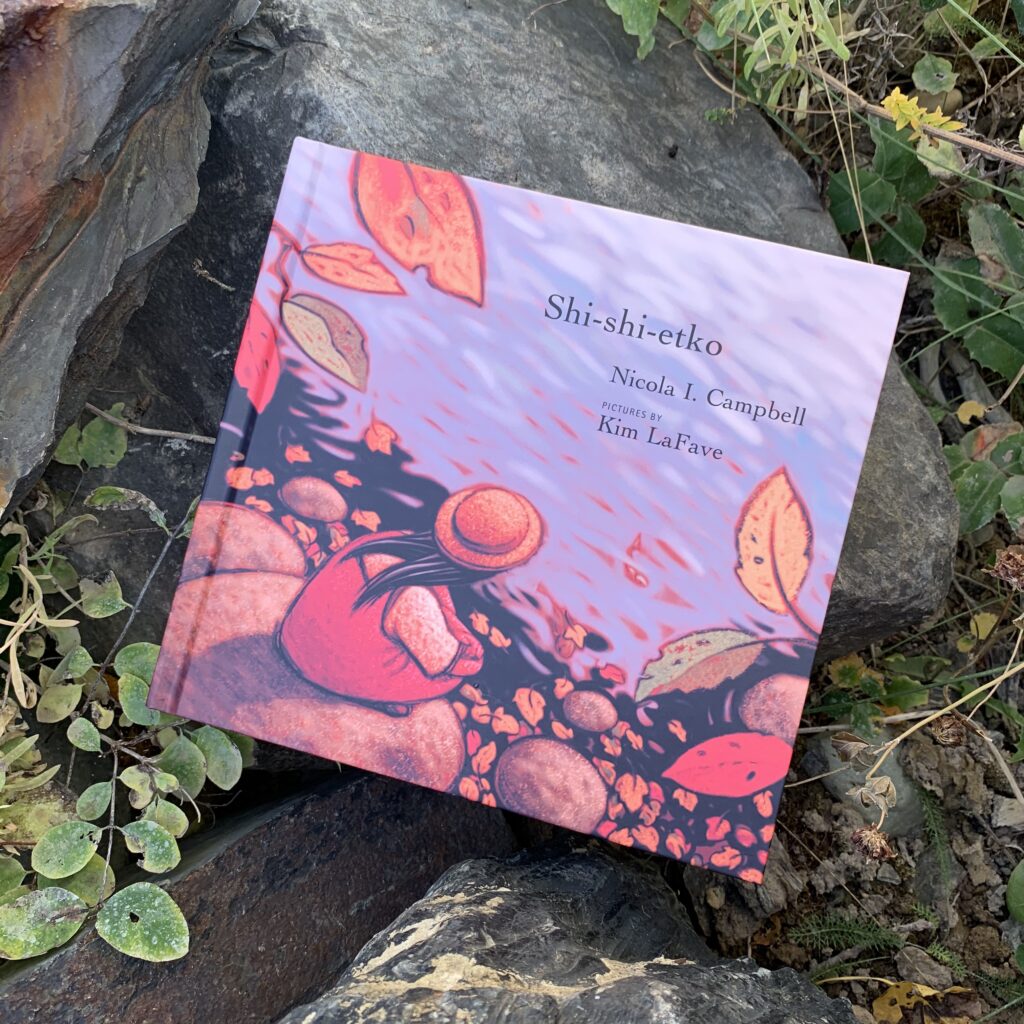
- When I Was Eight – Christy Jordan-Fenton & Margaret-Olemaun Pokiak-Fenton, Gabrielle Grimard
This book takes the original story of “Fatty Legs” by the same authors and adapts it to suit a younger audience. It details some of the many horrors and hardships Indigenous children faced at residential school and one girl’s perseverance to learn to read inspite of it all. This true story makes some of the history of residential schools more accessible to younger students in an effort to build empathy and understanding of why this was wrong.
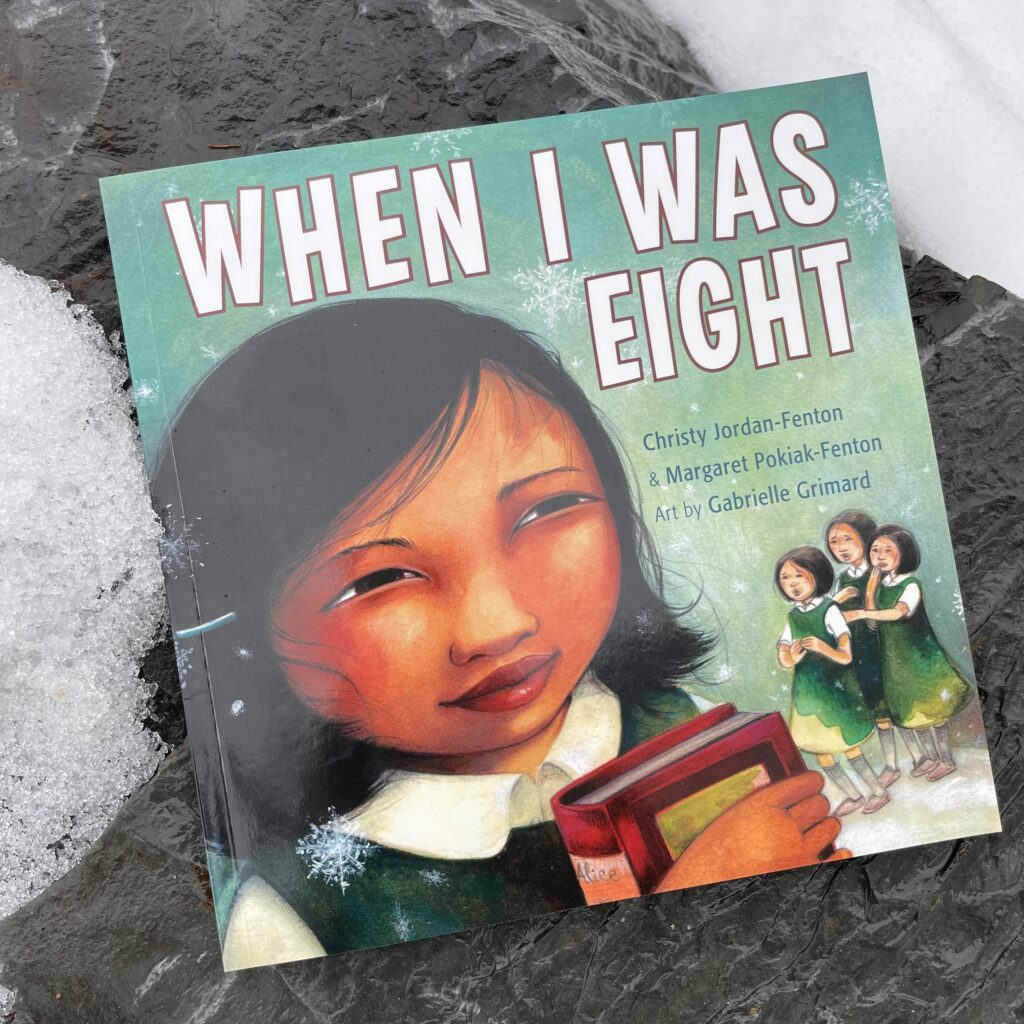
- My Heart Fills with Happiness – Monique Gray Smith
This book is written in both English and Plains Cree language to reflect the author’s ancestry. It highlights things that make someone happy that include activities, being with those we love, and connections to land. This short story fits into Social Emotional Learning and offers a starting point for students to delve into recognizing things that make them happy.
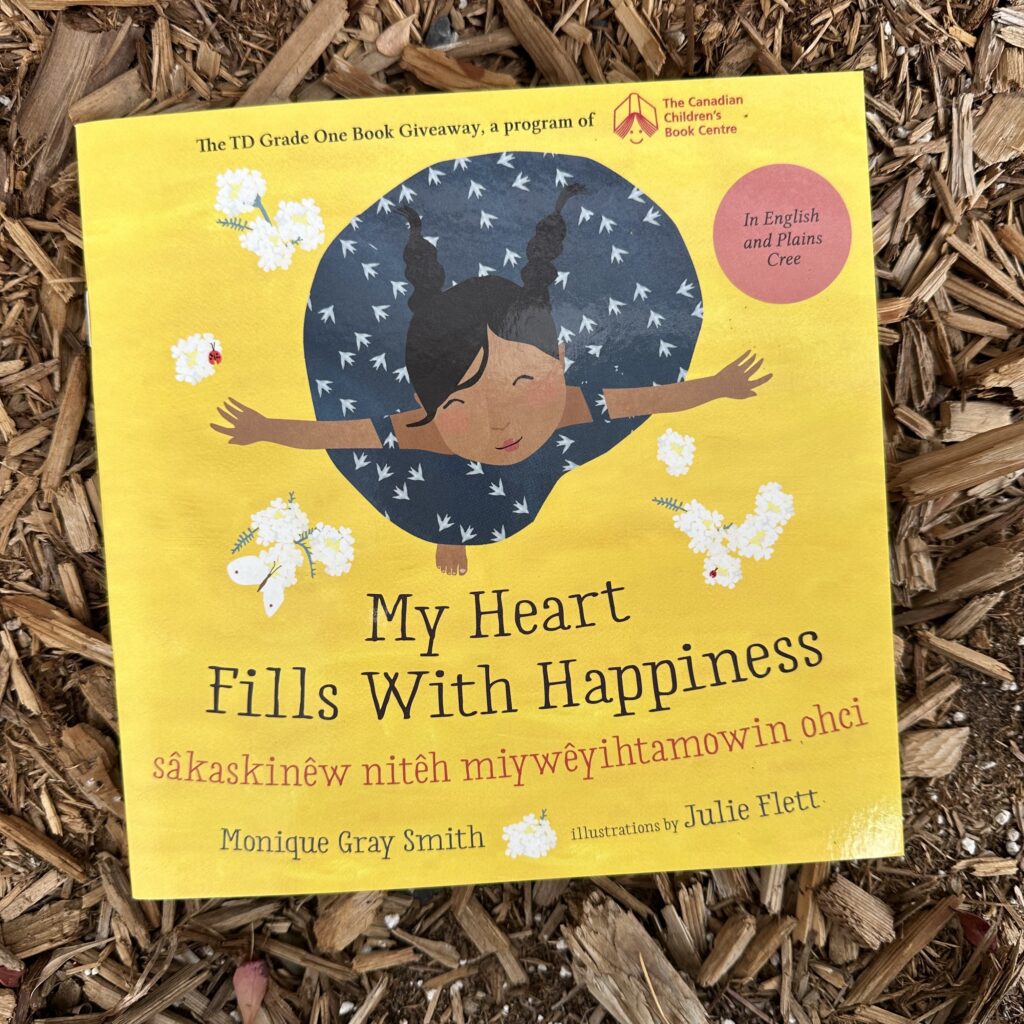
Rudine Sims Bishop has been a leading researcher and advocate around multiculturalism in children’s literature. Her guide of how literature can be used as “mirrors, windows, and sliding glass doors” opportunities for students to build empathy when they read diverse picture books can be applied to this same focus on using authentic sources. Here are some of my current favourite books to promote diversity and inclusion.
- All Are Welcome Here – Alexandra Penfold & Suzanne Kaufman
This picture book is a great way to start off the school year by highlighting differences using pictures and how we can all come together in the same place respectfully. The story goes through the various activities students may engage in at school and shows everyone playing and learning together.
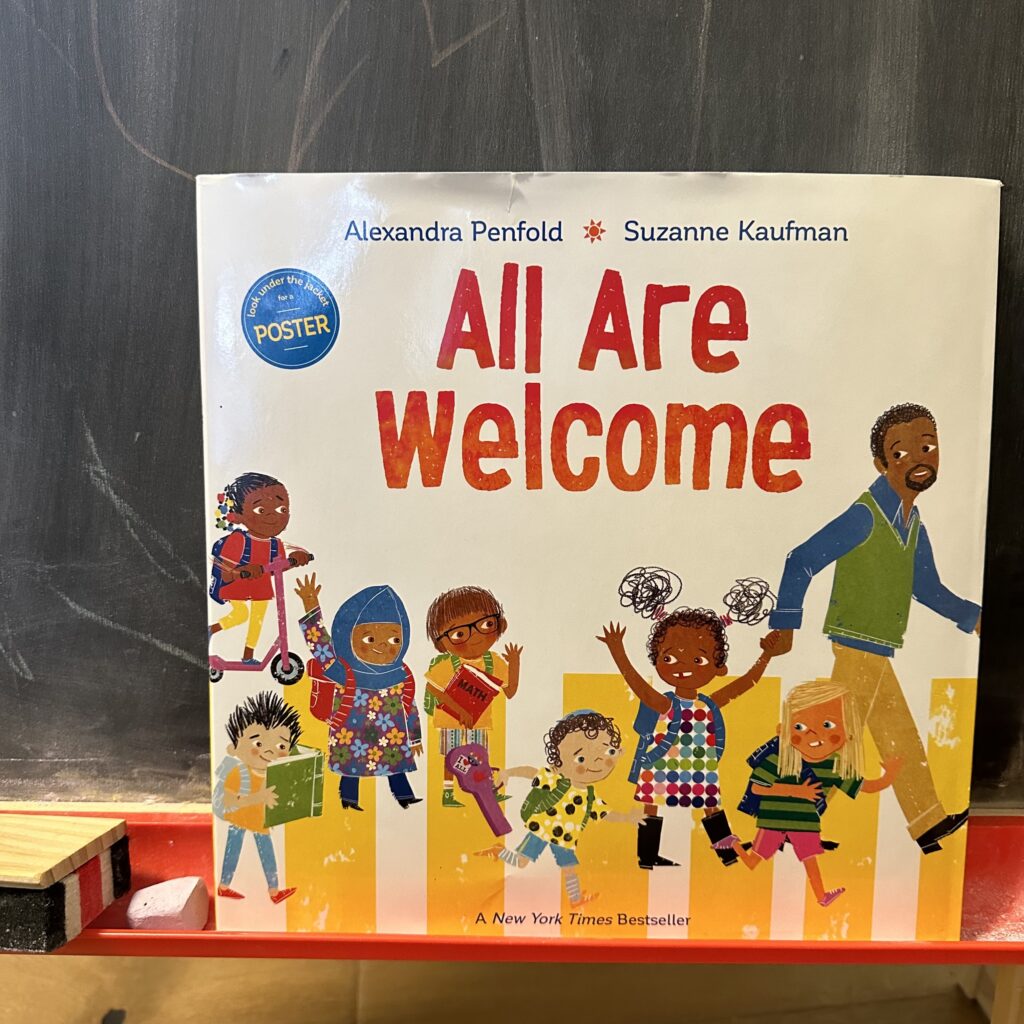
- The Day You Begin – Jacqueline Woodson & Rafael López
There will be times when you walk into a room and no one there is quite like you. This book reminds us that we can all feel like outsiders at some point in our lives. Awarded the Jane Addams Children’s Book Award for advancing the causes of peace and social equality, as well as other book of the year awards, this book offers a starting point for conversations about feeling different for a variety of reasons and a reminder for teachers who ask students to share what they did over the summer.
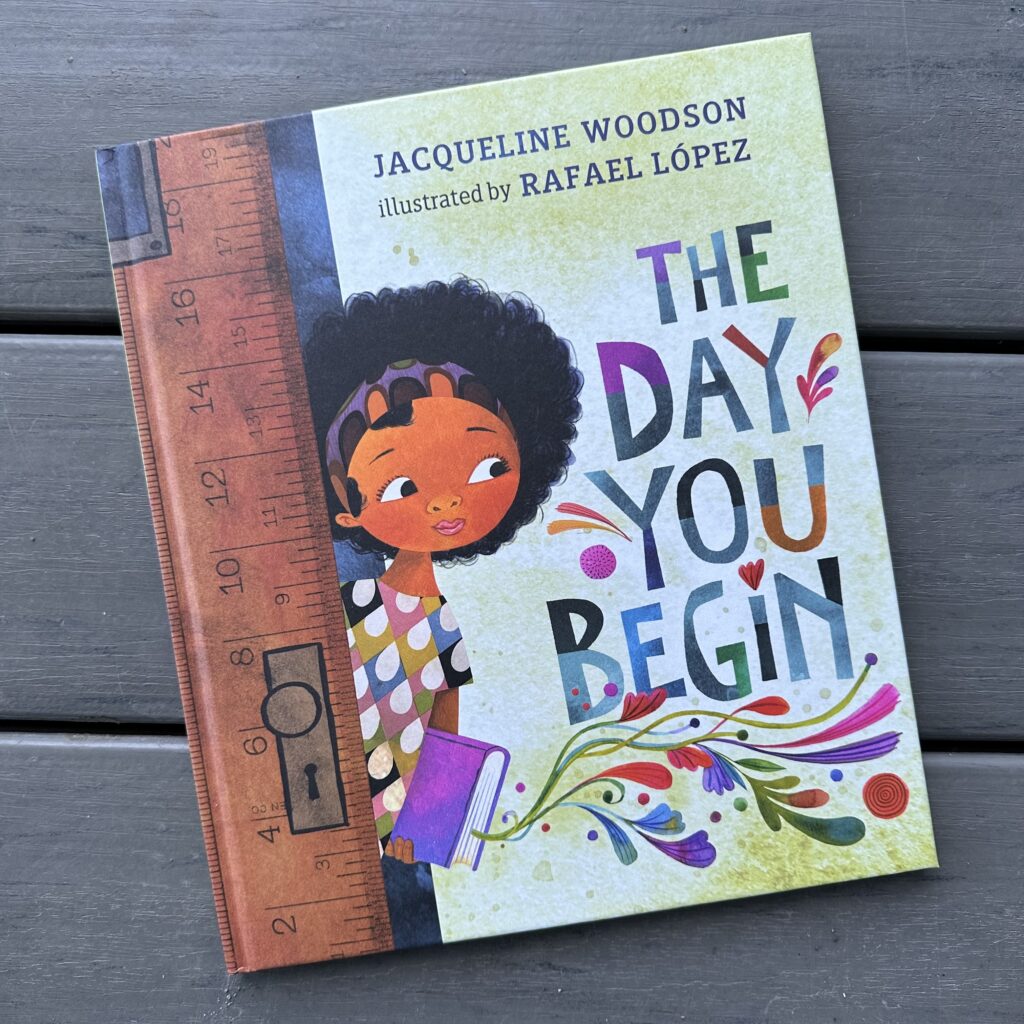
- Stepping Stones: A Refugee Family’s Journey – Margriet Ruurs & Nizar Ali Badr
This book is filled with the beautiful stone artwork of Nizar Ali Badr. The Foreward provides the interesting back story on how this publication came to be. This story can be used in many ways, but one of my favourites is using it to demonstrate the 3 Ways to Read a Book (read the pictures, read the words, retell the story) lesson by The Daily 5.
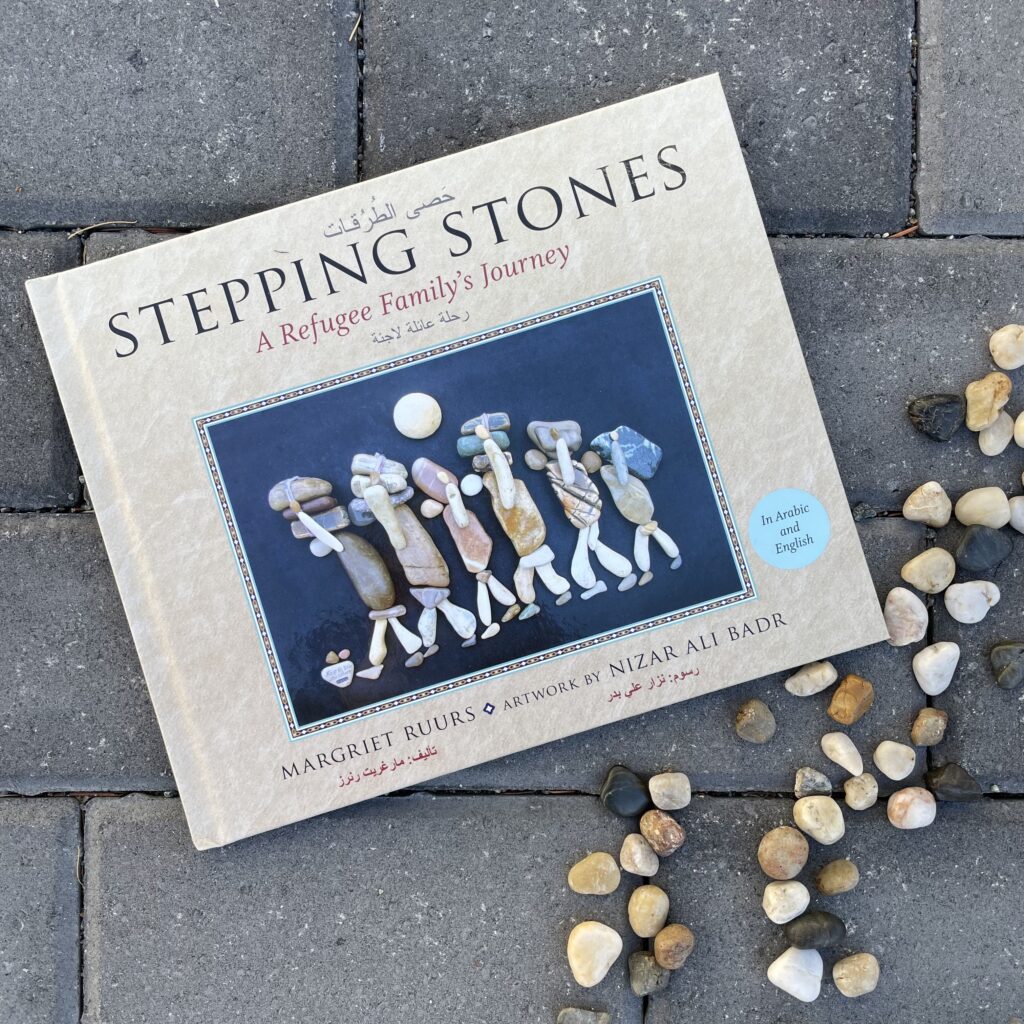
Leave a Reply
You must be logged in to post a comment.